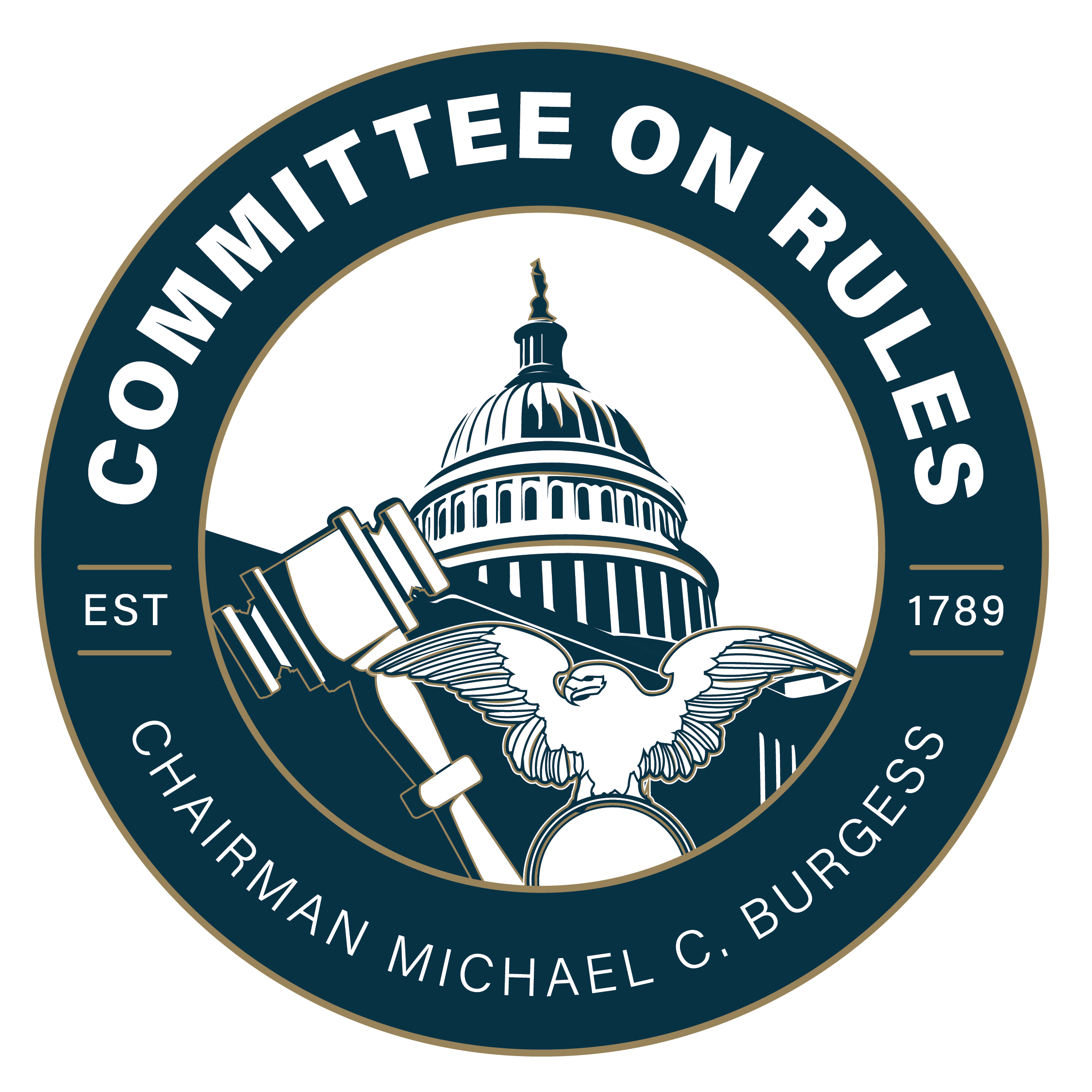Tracking legislation in the House has become much easier since the advent of computerized databases such as the Legislative Information System and Thomas. However, the printed documents which contain much of the information in those databases are still printed and circulated every day. The House Calendar provides the current status of legislation in the House; the House Journal is a history of legislative activity and a requirement of the Constitution; and the Congressional Record is a transcript of each day's proceedings in the House. While the online databases provide easy access to a great deal of information about the status of bills, using the original documents can provide a different perspective on activities in the House.
Basic Training — The House Calendar, Journal, and Record
The Calendar
The Calendar and History of Legislation is a publication printed by the Clerk of the House on each day that the House is in session. It contains a variety of summary information about legislation pending in the House.
House, Union, and Private Calendars. The Calendar gets its name from the legislative dockets, or calendars in the House. There are three main calendars: (1) the Union Calendar, for legislation raising revenue or requiring an appropriation, either directly or indirectly, (2) the House Calendar, for bills or resolutions that do not qualify for the Union Calendar, and (3) the Private Calendar, for bills and resolutions usually for the relief of individuals or entities. Most legislation is referred to the Union Calendar, while the House calendar is reserved for resolutions relating to internal matters.
Special orders. The first section of the Calendar lists any special orders entered into, including postponed votes, morning-hour debate, and special order speeches.
Calendars. These sections list the measures reported by committees and referred to the Union, House, and Private calendars. After a measure passes or fails, it no longer appears on the calendar to which it was referred.
Discharge motions. This section lists any pending motions to discharge a committee. It is important to distinguish the discharge motion from a discharge petition; the motion is only recorded in the Calendar once the threshold of 218 signatures appear on a discharge petition.
History of Bills and Resolutions. This section contains a concise history of each bill or resolution reported to or considered by either or both the House and Senate.
Time Limitations. This section of the calendar lists bills which have been referred to other committees under a time limitation, such as a sequential referral or a time limitation of an additional referral.
Bills in Conference. This section lists bills currently in conference with the Senate, including the dates on which both Houses agreed to the conference, as well as a list of conferees.
Calendar. This page is a calendar in the traditional sense of the word, showing on which days during the Calendar year the House was in session. This is a useful reference when counting days for layover or tolling requirements, such as availability of a motion to instruct or a discharge petition.
Status of Major Legislation. This table lists the major budget and appropriations bills, and their status.

